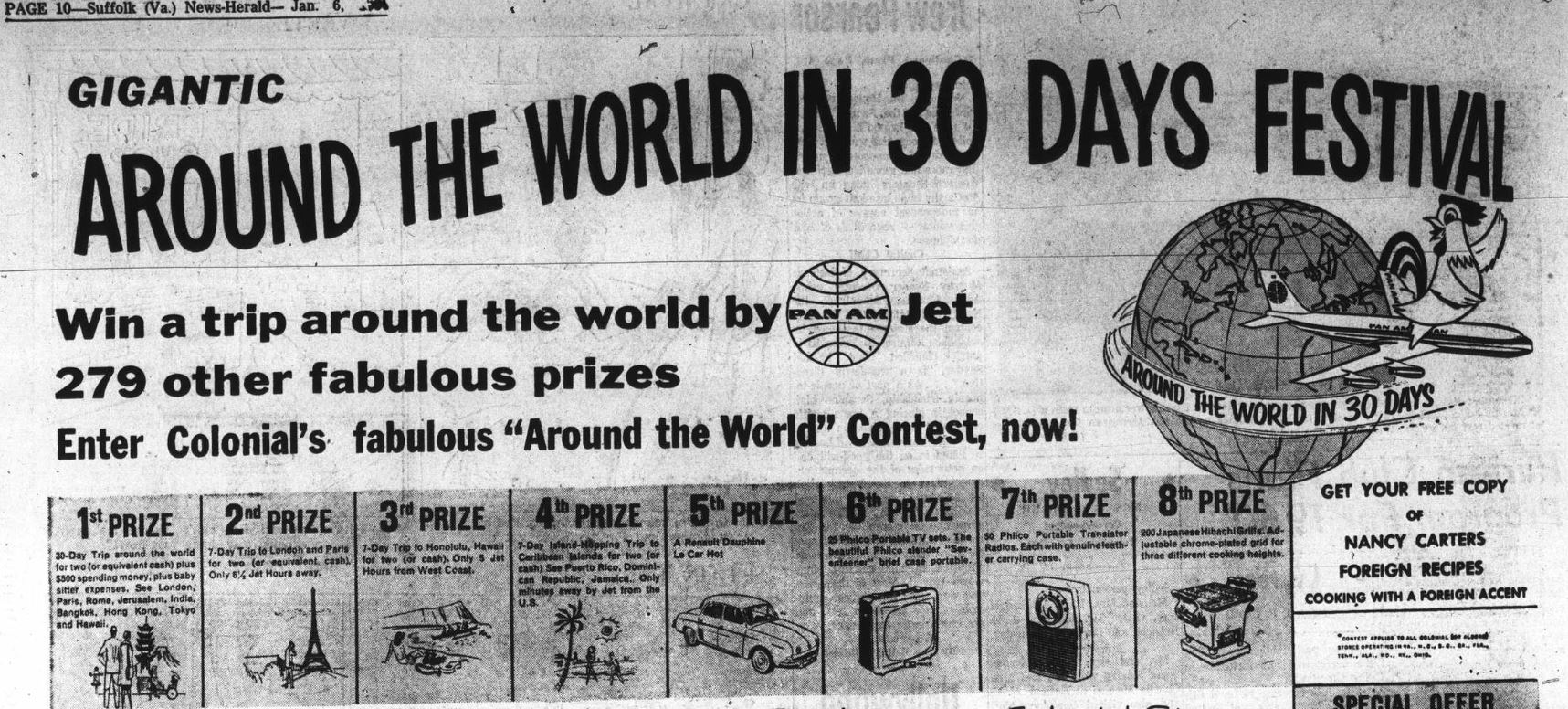A little more than 20 years ago, the Library of Virginia performed most newspaper inventory, cataloging, and even preservation microfilming in-house. We did use online national databases, but much of the work was a local operation.
How times have changed!
While the process of digitizing Virginia’s historic newspapers begins here at the Library of Virginia, the process in its entirety, from identifying and selecting titles to digitize to hosting them on Virginia Chronicle, is a global endeavor that spans numerous time zones and crosses both the international dateline and the equator.
When digitizing materials in the Library’s collection, the process of choosing titles begins at the Library when the Virginia Newspaper Project (VNP) staff–along with Library colleagues-identify titles for digitization, whether they are original print materials or microfilmed newspapers. Sometimes a VNP representative travels to other parts of the state to borrow collections from outside institutions to digitize. Borrowed newspapers may be as close as a few blocks up Broad Street to as far as Russell County, a five-hour drive from Richmond.
After selecting newspapers for digitization, the papers then travel up to Bethlehem, Pa., to Backstage Library Works, where they are scanned.
The scanned pages, or TIFS, are placed on hard drives which are then sent to Hyderabad, India, where a company called Apex processes them (Apex headquarters is in Herndon). “Processing” includes cropping pages, identifying front pages and page numbers, adding title, date, volume and issue numbering information, zoning pages to make them searchable, and verifying the accuracy and quality of the data. Derivatives of each TIF, in the form of a JPEG and PDF, are also created during processing.
Once the newspaper pages are fully processed, the drives are then sent back to the Library of Virginia from India. The content on the drives is inspected once again, and when QA is fully complete, the images are transferred from the hard drives to the Library’s digital storage archive. The digital images are also transferred, via the cloud, to Virginia Chronicle with the help of DL Consulting, the company that developed the platform software, Veridian, which is used for Virginia Chronicle.
DL Consulting, located in Hamilton, New Zealand, manages the transfer of the data to from the LVA server to Virginia Chronicle. The New Zealand company has collaborated with many libraries throughout the world to provide its Veridian platform for their digital collections. In addition to Virginia Chronicle, Veridian is used for the Colorado Historic Newspaper Collection, the Papakilo Hawaiian Newspaper Collection, the California Digital Newspaper Collection, Princeton University’s Historical Periodicals Project, the Swiss National Library digital collection and the University of Richmond Collegian newspaper collection, among many others. DL Consulting does one last quality check on the data to ensure everything looks good when it is finally moved onto Virginia Chronicle.
While most of the newspapers the Library of Virginia digitizes are processed by Apex in India, some material is shot by our own photo lab and processed here at the Library with processing software called docWorks. This software was developed in Hamburg, Germany, by the company Content Conversion Specialists (CCS), self-described as “one of the world’s leading providers of innovative software solutions for large-scale digitization and conversion projects.” It has provided the opportunity for the Virginia Newspaper Project to understand digital newspaper processing from beginning to end, because we are actually doing much of the processing here at the Library. And adding to the global reach of our work, the docWorks system allows CCS staff, whose offices span the globe from Romania to India, to remotely assess the quality of the digital pages.
So, there it is, the circuitous route of newspapers–from Virginia to Pennsylvania to India or Germany back to Virginia then on to New Zealand–before they finally arrive on Virginia Chronicle. Imagine booking a travel junket that involves all those ports-of-call!



















This article has answered so many questions I have had on digitizing newspapers. I belong to the Lee County (Va.) Historical society and we have a collection of old newspapers. What collections qualify for digitization?